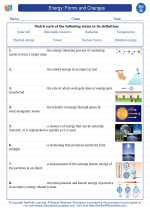Energy: Forms and Changes -> chemical bonding
Chemical Bonding
Chemical bonding is the process by which two or more atoms are joined together to form a molecule. There are three main types of chemical bonds: ionic, covalent, and metallic.
Ionic Bonding
In ionic bonding, one or more electrons are transferred from one atom to another, resulting in the formation of positively and negatively charged ions. These ions are then attracted to each other by electrostatic forces, forming an ionic bond.
Covalent Bonding
In covalent bonding, atoms share electrons in order to achieve a more stable electron configuration. This sharing of electrons creates a bond between the atoms, known as a covalent bond.
Metallic Bonding
In metallic bonding, electrons are delocalized and free to move throughout the structure of the metal. This creates a "sea of electrons" that holds the metal atoms together in a lattice structure.
Study Guide
- Define chemical bonding.
- What are the three main types of chemical bonds?
- Describe ionic bonding and give an example.
- Explain covalent bonding and provide an example.
- Discuss metallic bonding and its properties.
- Compare and contrast the three types of chemical bonding.
- Why is chemical bonding important in the context of molecular structures?
◂Science Worksheets and Study Guides Seventh Grade. Energy: Forms and Changes

 Worksheet/Answer key
Worksheet/Answer key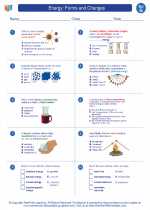
 Worksheet/Answer key
Worksheet/Answer key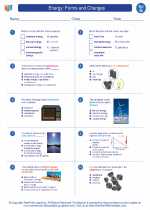
 Vocabulary/Answer key
Vocabulary/Answer key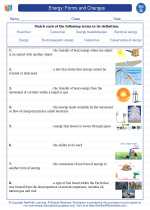
 Vocabulary/Answer key
Vocabulary/Answer key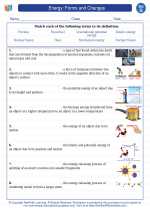
 Vocabulary/Answer key
Vocabulary/Answer key